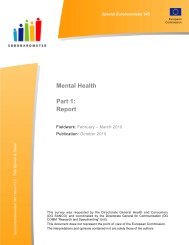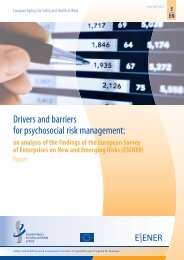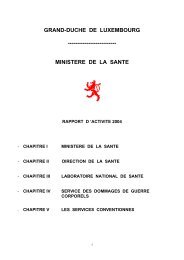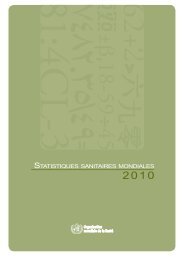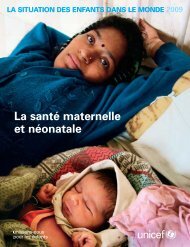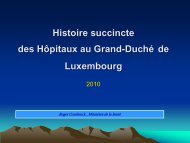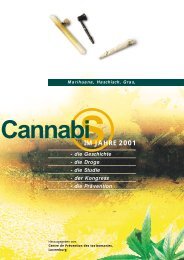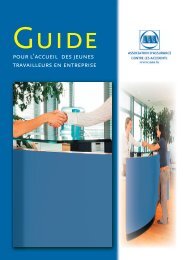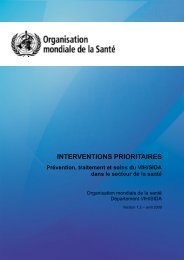Global Tuberculosis Control 2010 - Florida Department of Health
Global Tuberculosis Control 2010 - Florida Department of Health
Global Tuberculosis Control 2010 - Florida Department of Health
Create successful ePaper yourself
Turn your PDF publications into a flip-book with our unique Google optimized e-Paper software.
parameter (except for notifications and population<br />
values) in Monte Carlo simulations, with the number<br />
<strong>of</strong> simulation runs set so that they were sufficient to<br />
ensure stability in the outcome distributions. The same<br />
random generator seed was used for every country, and<br />
errors were assumed to be time-dependent within countries<br />
(thus generating autocorrelation in time-series).<br />
Regional parameters were used in some instances (for<br />
example, for CFRs). Summaries <strong>of</strong> quantities <strong>of</strong> interest<br />
were obtained by extracting the 2.5th, 50th and 97.5th<br />
centiles <strong>of</strong> posterior distributions. The country-specific<br />
estimates produced using the just-described simulations<br />
were then used as the building blocks for further simulations,<br />
from which aggregated summaries at global and<br />
regional levels for incidence, prevalence and mortality<br />
were drawn. Two sets <strong>of</strong> simulations were run, the first<br />
to produce aggregates at regional level and the second<br />
to produce aggregates at global level. These summary<br />
estimates are the result <strong>of</strong> simulations based on nonsymmetric<br />
distributions. As a result, best estimates for<br />
regions do not necessarily sum to the best estimate for<br />
the world.



